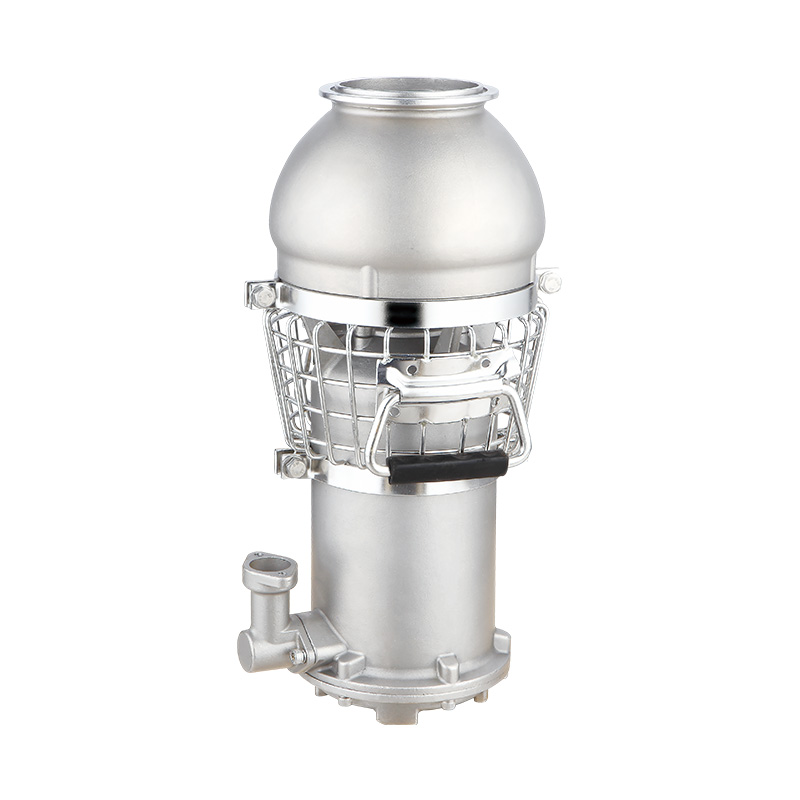Selecting the right casting sewage submersible electric pump is a crucial step in ensuring efficient and reliable wastewater management. These pumps are widely used in municipal sewage systems, industrial wastewater treatment, and flood control due to their robust construction, corrosion resistance, and ability to handle solids and sludge. With various models and specifications available, making an informed choice can significantly affect operational performance and maintenance costs.

A casting sewage submersible electric pump is designed to be submerged in sewage or wastewater and pump contaminated water containing solids, fibers, and sludge. The pump's cast construction offers enhanced durability and resistance to wear and corrosion, making it suitable for harsh environments. The electric motor is sealed to prevent water ingress, and the pump typically features impellers designed to handle solids without clogging.
Given the pump's critical role in sewage and wastewater applications, selecting a casting sewage submersible electric pump requires careful attention to various technical and operational parameters.
The primary step in selecting a casting sewage submersible electric pump is determining the required flow rate and total dynamic head. Flow rate refers to the volume of sewage the pump needs to move per unit time, usually expressed in cubic meters per hour (m³/h) or gallons per minute (GPM). The total dynamic head is the height the pump must lift the sewage, including friction losses in pipes and fittings.
Accurate calculation of these parameters ensures that the selected pump can deliver the necessary capacity without overloading the motor or compromising efficiency.
Casting sewage submersible electric pumps are typically made from cast iron, stainless steel, or a combination of materials. Cast iron offers strength and wear resistance and is generally more cost-effective. Stainless steel components provide corrosion resistance, particularly in aggressive wastewater environments. Selecting the appropriate material depends on the chemical composition of the sewage and the expected operating conditions.
The impeller is a critical component affecting the pump's ability to handle solids and fibrous materials. Vortex, channel, and multi-channel impellers are common in casting sewage submersible electric pumps. Vortex impellers generate a swirling flow to prevent clogging, while channel impellers have large passageways for solids passage. Multi-channel impellers offer high efficiency and solids handling capacity. Choosing the right impeller design is essential for reliable operation and minimal maintenance.
The motor power should be matched to the pump's hydraulic requirements. Oversized motors energy waste, while undersized motors risk frequent tripping and reduced lifespan. Efficient motors reduce energy consumption and operational costs. Additionally, consider motors with thermal protection to prevent overheating in demanding applications.
5. Sealing System
Seals prevent sewage from entering the motor housing. The casting sewage submersible electric pump should have a robust sealing system, often a combination of mechanical seals and oil-filled chambers, to ensure motor protection. Quality seals extend service life and reduce the risk of failures.
6. Installation and Maintenance
Ease of installation and maintenance is important for downtime. Features such as quick-release couplings, modular designs, and accessible components facilitate pump servicing. Consider the pump's size and weight relative to installation site constraints.
Additional Considerations
Environmental Conditions
Consider ambient temperature, sewage temperature, and potential exposure to abrasive materials or chemicals. Some casting sewage submersible electric pumps are designed with enhanced cooling features or corrosion-resistant coatings to adapt to environments.
Control and Monitoring Systems
Modern pumps may include integrated sensors for vibration, temperature, and pressure monitoring. These features help detect issues early and optimize performance.
Compliance and Standards
Ensure the casting sewage submersible electric pump complies with local and international standards related to safety, energy efficiency, and environmental impact.